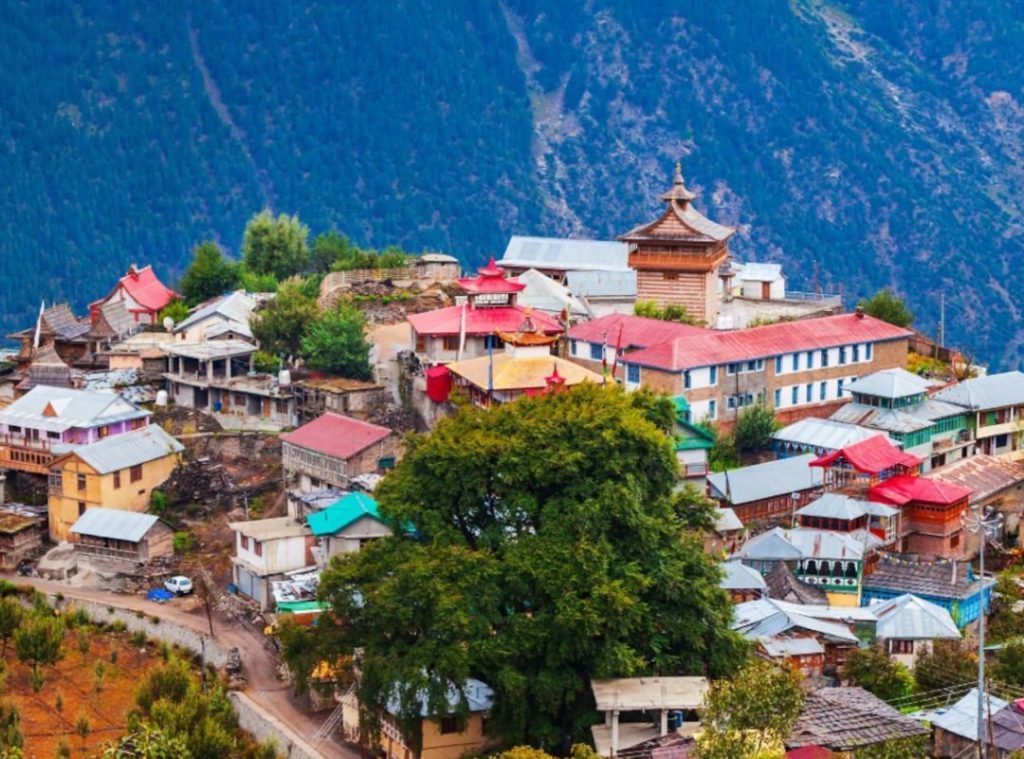
The Himachal Pradesh government has rolled out a comprehensive Eco-Tourism Policy 2024 aimed at developing 77 eco-tourism sites across forest circles in the state. The initiative is expected to generate over Rs 200 crore in revenue within the next five years, while creating employment opportunities, strengthening the rural economy, and ensuring responsible conservation of natural resources.
Chief Minister Thakur Sukhvinder Singh Sukhu stated that the policy focuses on achieving a balance between tourism development and environmental protection. The eco-tourism model will encourage visitors in a sustainable manner, safeguarding forests, rivers, and wildlife while boosting community income.
The policy promotes activities such as trekking, bird watching, jungle walks, camping, interpretation trails, and homestays. Out of the 77 identified locations, seven prime sites—including Potter Hill, Shoghi, Solang Nallah, and Kasol—have already been allocated to operators. The remaining sites will be developed in phases across Mandi, Bilaspur, Chamba, Dharamshala, and Dalhousie.
Aligned with biodiversity goals, the initiative is linked to the Rajiv Gandhi Van Samvardhan Yojna, under which saplings are being planted on 1,000–1,500 hectares of forest land with an INR 20 crore budget. Local groups such as mahila mandals, yuvak mandals, and self-help groups are actively engaged in nurturing these saplings, moving the state towards its 30% forest cover target by 2030.
Community participation forms the backbone of this policy. Committees in each forest circle will monitor projects, while 70+ nature guides and 135 multi-purpose workers have already been trained. Additionally, 100+ forest rest houses and campsites are now bookable online, and 245 trekking routes have been mapped and classified under a new trekking management system.
Tourism arrivals in Himachal Pradesh have already surged, with over 2 lakh visitors in 2024, including 82,000 foreign tourists—a 13.24% rise compared to the previous year. With tourism contributing 7.78% to the state’s Gross State Domestic Product (GSDP), the government believes this policy will not only boost revenue and jobs but also position Himachal Pradesh as a model for sustainable tourism in India.

